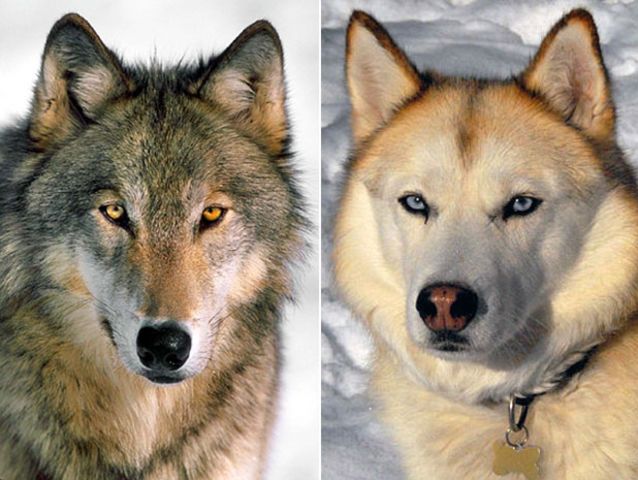Exploring the Evolution of Dog Breeds: From Wolf to Woof

Introduction: Dogs, our faithful companions, have undergone a remarkable journey of evolution alongside humans. From their origins as wild wolves to the diverse array of breeds we know today, the story of canine domestication is one of mutual benefit and enduring partnership. Join us as we delve into the fascinating history of dog breeds, tracing their evolution from fierce predators to beloved family members and working companions.
The Origins of Domestication: The exact origins of dog domestication remain shrouded in mystery, but genetic and archaeological evidence suggests that it occurred tens of thousands of years ago, likely in multiple locations around the world. Early humans likely encountered wolves scavenging around their campsites, leading to tentative alliances based on mutual benefit. Over time, these relationships evolved as wolves gradually adapted to human presence and behavior, eventually giving rise to the first domesticated dogs.
Selective Breeding and Breed Development: As humans transitioned from hunter-gatherers to agrarian societies, dogs played increasingly diverse roles in human life. Selective breeding, driven by practical needs and aesthetic preferences, led to the development of specialized breeds with distinct physical characteristics and behavioral traits. Some breeds were bred for hunting, herding, guarding, or companionship, while others were prized for their strength, speed, or agility.
The Evolution of Modern Dog Breeds: The process of breed development accelerated during the Victorian era, fueled by the rise of dog shows, kennel clubs, and the burgeoning pet industry. Breed standards were established, and meticulous breeding programs aimed to refine and standardize the appearance and temperament of each breed. This era saw the emergence of iconic breeds such as the Labrador Retriever, German Shepherd, and Golden Retriever, each bred for specific roles and characteristics.
Diversity and Adaptation: Today, the world of dog breeds is remarkably diverse, encompassing hundreds of breeds with a wide range of shapes, sizes, and temperaments. From the diminutive Chihuahua to the majestic Great Dane, dogs exhibit an incredible variety of adaptations to their environments and roles. Some breeds excel as working dogs, performing tasks such as herding livestock, pulling sleds, or detecting explosives, while others are cherished as beloved companions and family pets.
Challenges and Controversies: While selective breeding has resulted in the creation of countless beloved breeds, it has also raised concerns about health issues, genetic disorders, and overpopulation. Inbreeding, exaggerated traits, and lack of genetic diversity can contribute to a host of health problems in certain breeds, prompting calls for responsible breeding practices and increased awareness of breed-specific issues.
Conclusion: The evolution of dog breeds is a testament to the enduring bond between humans and dogs and the remarkable adaptability of both species. From humble beginnings as wild wolves to the diverse array of breeds we know today, dogs have accompanied us on our journey through history, serving as loyal companions, working partners, and beloved family members. As we celebrate the rich tapestry of canine diversity, let us also strive to ensure the health, welfare, and well-being of all dogs, honoring their contributions to our lives and our shared history.





